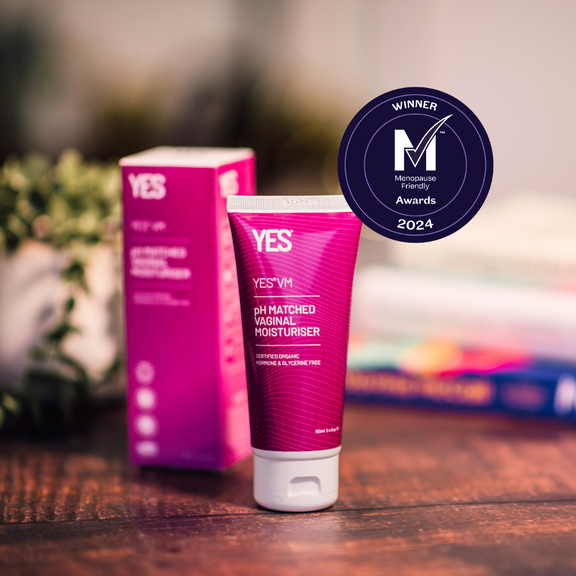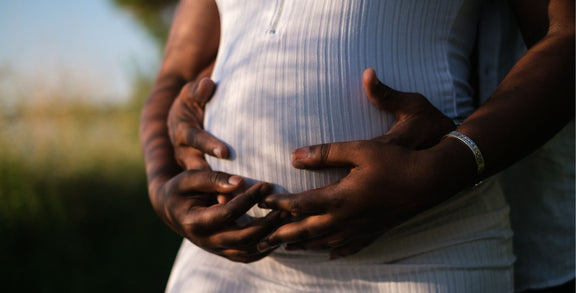Post-Pregnancy Pelvic Health: What Every New Mum Should Know
Written by Matilda Wilkinson, Women’s Health Physiotherapist at Maria Elliott Physiotherapy Services (MEPS), the leading clinic behind The Mummy MOT.
Pregnancy is an incredible journey that significantly changes the body, both biologically and psychologically. These changes are necessary to support fetal development and prepare for childbirth. However, they can also bring discomfort and, in some cases, ongoing symptoms that new mothers should not have to suffer in silence. Understanding what is normal, what requires attention, and what treatment options are available can make all the difference in postnatal recovery.
One of the most common misconceptions is that issues such as urinary incontinence, vaginal discomfort, and pelvic pain are simply part of becoming a mother. While these symptoms are common, they are not something women should just “put up with.” There are effective treatments available, and support is at hand through pelvic health specialists such as The Mummy MOT, where a thorough 6-week check can be performed and a treatment plan developed.
These first 6 weeks, however, can feel a bit unknown, so here we discuss some of the common pelvic conditions that can arise during this post-natal period, along with practical advice for recovery and treatment options.
1. Vaginal Laxity and Weakness
During pregnancy and delivery, the pelvic floor muscles can stretch up to three times their normal length. Factors such as the size of the baby, the duration of labour, and whether interventions such as forceps or vacuum delivery were used can influence the degree of stretching. As a result, many women experience pelvic floor weakness, which can manifest in various ways:
- Urinary incontinence: Leaking urine when coughing, sneezing, laughing, or exercising.
- Pelvic organ prolapse: A feeling of heaviness or dragging in the pelvic area caused by weakened vaginal walls.
- Reduced sensation during intercourse: A loss of muscle tone can contribute to decreased sexual sensation and discomfort.
Recovery Tips:
- Start gentle pelvic floor exercises in the first few days after birth to promote blood flow and begin muscle activation.
- Avoid holding your breath when lifting objects, as this can increase pressure on the pelvic floor.
- Book your 6-week postnatal check with a pelvic health physiotherapist who can carry out an internal assessment to check your pelvic floor function and guide you through a tailored rehabilitation plan.
2. Pelvic Girdle and Joint Pain
During pregnancy, the body produces hormones like relaxin to loosen ligaments in preparation for childbirth. While this is necessary, it can also lead to joint inflammation and pain, particularly in the pelvis and lower back. For some women, pain persists long after giving birth, leading to conditions such as:
- Pelvic Girdle Pain (PGP): A condition that affects the joints in the pelvic area, causing pain and difficulty with movement.
- Back pain: Often caused by postural changes and increased strain from carrying and feeding the baby.
- Carpal Tunnel Syndrome: Numbness and tingling in the hands due to fluid retention and repetitive wrist movements.
Recovery Tips:
- Strengthen the glutes and core muscles to provide support to the pelvis.
- Use compression garments for added joint support while hormones stabilise.
- Wrist splints and gentle hand exercises can help alleviate carpal tunnel symptoms.
- Ice packs can reduce inflammation and ease joint pain.
3. Perineal Trauma and Scar Healing
Many women experience some form of perineal trauma during vaginal delivery, whether it be a minor graze, natural tear, or an episiotomy (surgical cut). Healing varies depending on the severity of the trauma, but discomfort is common in the weeks following birth.
Recovery Tips:
- Keep the perineal area clean and dry to promote healing.
- Use a perineal ice pack for 10–15 minutes at a time to reduce swelling.
- Perform gentle pelvic floor exercises to promote circulation and tissue repair.
- When passing urine, use a perineal spray bottle can help keep the area clean and reduce stinging.
- When opening bowels, constipation is common immediately post-birth. Remain hydrated, avoid straining (to reduce pressure on the perineum), and instead ‘blow to go’ via deep breathing.
For those experiencing prolonged discomfort or pain during intercourse the use of a high-quality vaginal moisturiser, such as YES® VM, can improve tissue elasticity and reduce sensitivity. Or try introducing perineal massage, guided by a pelvic health specialist.
4. Hormonal Changes and Their Effects
Hormonal fluctuations are a natural part of the postpartum period. Oestrogen and progesterone drop dramatically after birth, while prolactin levels rise to support breastfeeding. These hormonal shifts can contribute to a range of symptoms:
- Mood swings and anxiety: Low oestrogen levels can impact mood regulation.
- Fatigue: Postnatal fatigue is common, but extreme exhaustion may be linked to iron deficiency or hormonal imbalances.
- Vaginal dryness: Reduced oestrogen can lead to thinning vaginal tissues and discomfort during intimacy.
- Hair loss: Temporary postpartum hair shedding is common but may be worsened by low iron levels.
Recovery Tips:
- Practice self-care and seek support if experiencing mood disturbances.
- Consider a protein supplement to aid postpartum recovery and energy levels.
- Use a vaginal moisturiser such as YES® VM to combat dryness and improve comfort.
- If hair loss is significant, have your iron levels checked and consider supplementation if necessary.
5. Tummy Gap (Diastasis Recti)
Diastasis recti occurs when the connective tissue between the rectus abdominal muscles thins and widens to accommodate a growing baby. This is a natural adaptation that will occur in 100% of pregnant women and tends to resolve gradually over time. An early but graded rehab programme helps to re-engage the deep core and transverse abdominal muscles, helping to avoid rectus abdominal overload whilst regaining core strength and function.
Recovery Tips:
- Avoid breath holding whilst activating the core in movements such as lifting or getting out of bed. This will help reduce pressure in the abdominal cavity.
- Begin diaphragmatic breathing from day 1 post-natal. This activates the transverse abdominal muscles and promotes healing through the parasympathetic nervous system.
- To engage the deep core, commence gentle abdominal contractions such as drawing the tummy button to the spine and pelvic tilts as you feel able.
- Book a 6-week postnatal check where a postnatal physiotherapist can assess the severity of diastasis recti and provide a tailored rehabilitation plan.
Seeking Professional Support: The Role of The Mummy MOT
While many postnatal symptoms improve with time, targeted rehabilitation can significantly speed up recovery and prevent long-term issues. The Mummy MOT is a postnatal check-up designed to assess pelvic health, abdominal function, and overall recovery. Conducted by a specialist women’s health physiotherapist, it includes:
Many women benefit from a Mummy MOT around six weeks postpartum, although it can be helpful at any stage, even years after childbirth.
To conclude, postpartum recovery is a journey, and every woman’s experience is unique. While common pelvic conditions can be frustrating, they are not something you have to live with. With the right information, professional support, and self-care strategies, you can regain strength, confidence, and comfort in your body. Whether it’s through pelvic floor exercises, targeted physiotherapy, or using gentle and effective products like YES® VM vaginal moisturiser, taking small steps toward recovery can make a big difference in your overall well-being.
If you’re experiencing any of the symptoms discussed, consider booking an assessment with a pelvic health specialist like The Mummy MOT. Remember, postnatal recovery is not just about bouncing back – it’s about healing, strengthening, and embracing this new phase of life with confidence and comfort.





